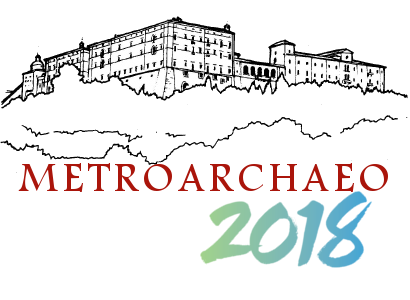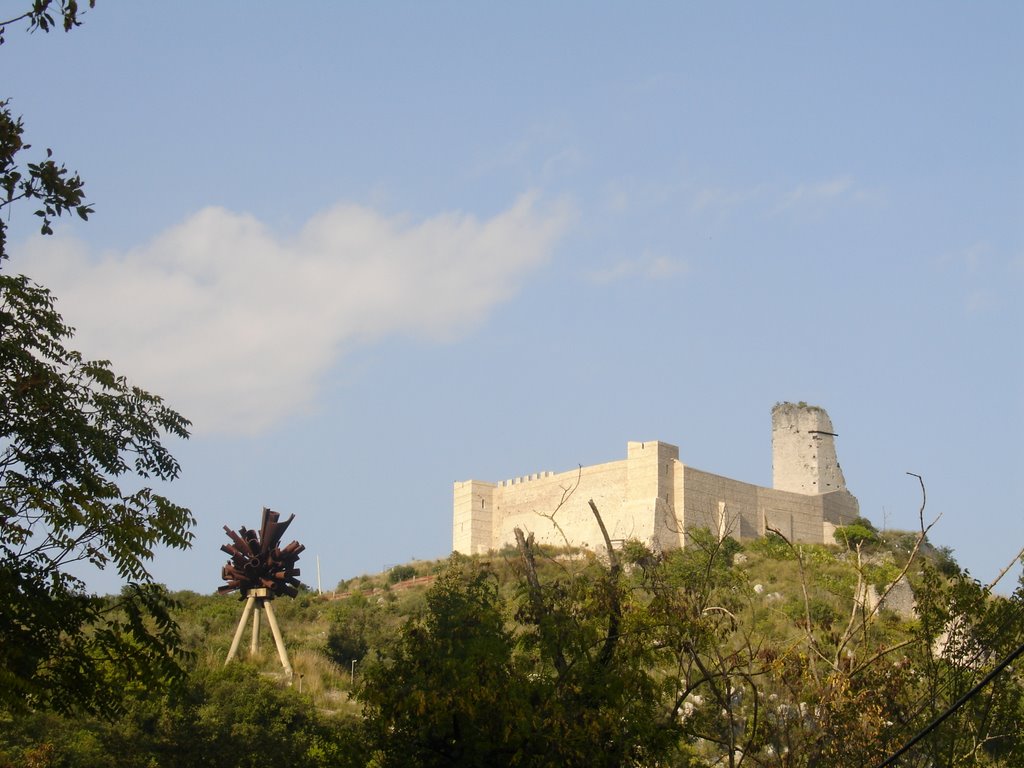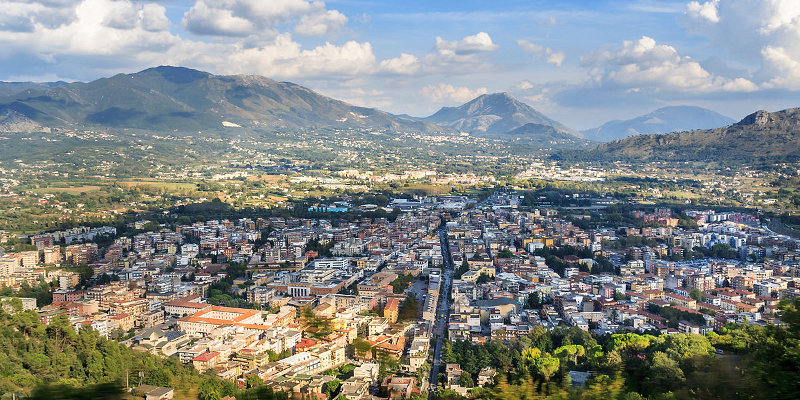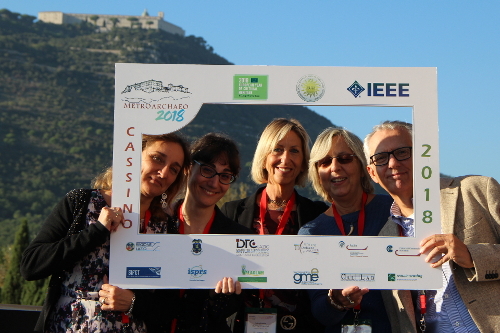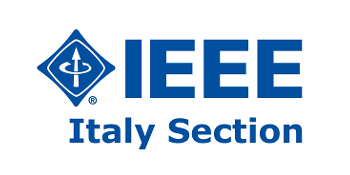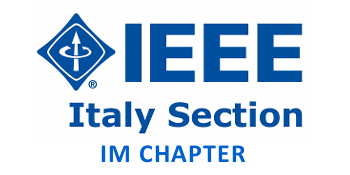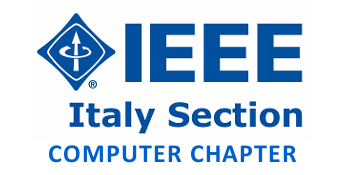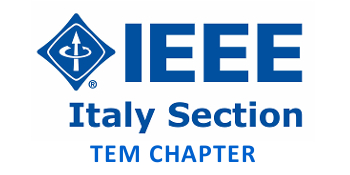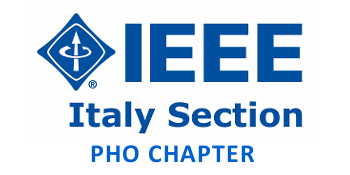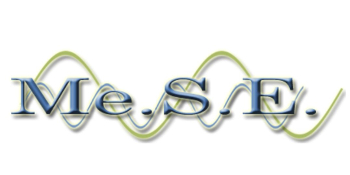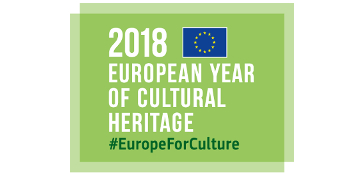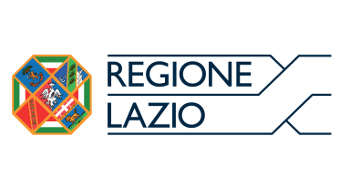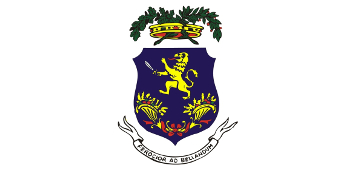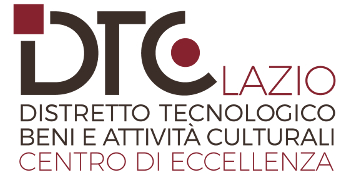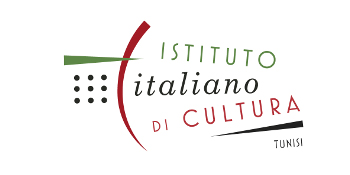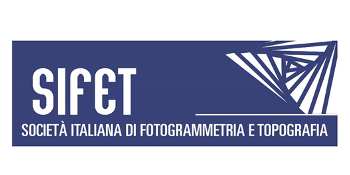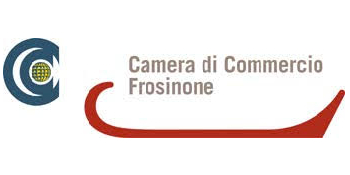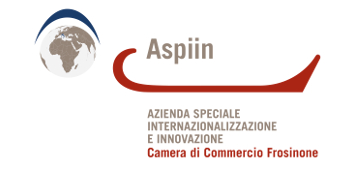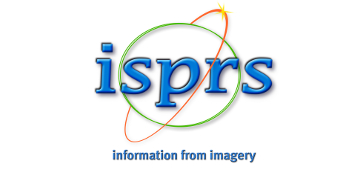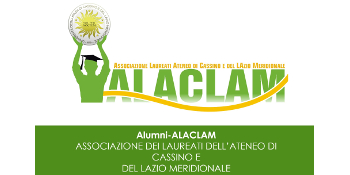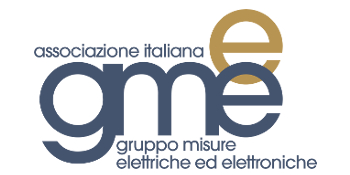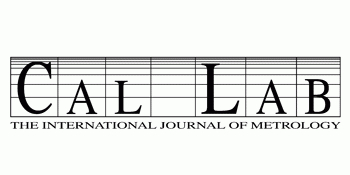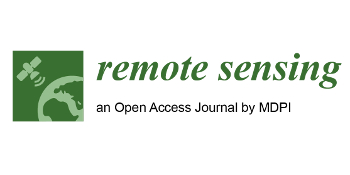Using multivariate analyses to interpret lithic variability: contributions and limitations
ORGANIZED BY
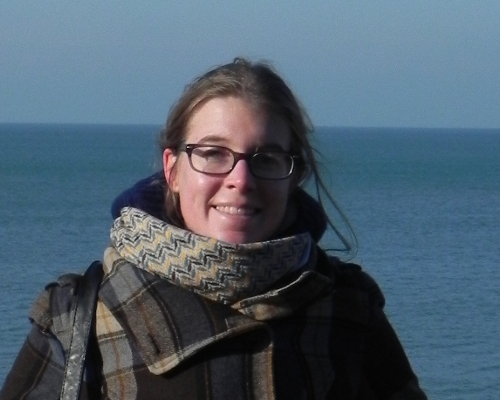
Alice Leplongeon
UMR CNRS 7194 HNHP, Muséum national d'Histoire naturelle, France
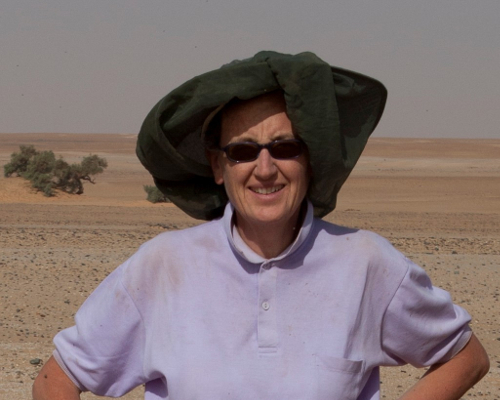
Elena A. A. Garcea
University of Cassino and Southern Latium, Italy
ABSTRACT
Technological approaches to the study of stone artefacts include the assumption that lithic assemblages can be used to identify specific social groups, each one characterised by culturally transmitted technological ‘traits’. However, interpretation of lithic variability is often complex as other factors of variability must first be taken into account. They are for example raw material availability, site function, or mobility patterns of human groups.
Multivariate statistical analyses are increasingly used to discern patterns of variability in lithic assemblages and help with their interpretation. Commonly used ones include Principal Component Analysis, Multiple Correspondence Analysis, Discriminant Analysis, Multiple Regression, General Linear Model, or Cluster Analysis, applied in various contexts of study: geometric morphometrics, spatial analysis or inter-assemblage comparisons. When applying these analyses to lithic data, choices are made in the type of analysis, sampling method, or variables considered, which depend on both the research question and the characteristics of the lithic assemblages considered.
This special session aims to bring together researchers who are using multivariate statistical analyses to study lithic assemblages. Through the presentation of case studies, we will discuss methodological issues, referring specifically to lithic datasets. The following questions will be addressed. In which cases the use of multivariate analyses appears particularly relevant (contributions vs limitations)? Which sampling methods can we use? What types of data transformation can we use (e.g. data normalisation or from qualitative to quantitative variables) and what may be their consequences on the results? How can we handle missing data or small numbers and what is a small sample in lithic analysis? Should we include fragments in the analyses? How should we report results of statistical analyses in publications?
ABOUT THE CONVENERS
Alice Leplongeon is a postdoctoral researcher at the National Museum of Natural History (MNHN, France), in the frame of the ANR-funded interdisciplinary Project ‘Big Dry’, coordinated by Prof. F. Bon (Univ. of Toulouse). She completed a PhD in African Prehistory in 2013 at the MNHN. She obtained two postdoctoral fellowships to conduct research projects focused on eastern, northeastern African and Levantine prehistory, at the Hebrew University of Jerusalem, Israel (Fyssen Foundation fellowship) and at the University of Cambridge, UK (Marie Skłodowska-Curie Fellowship). Her main research interests include lithic technology, past human-environment interactions and modern human dispersals, and methodological approaches to stone artefact analysis in the frame of African prehistory during the last 50,000 years.
Elena A.A. Garcea is Associate Professor in Palaeoethnology at the University of Cassino and Southern Latium, Italy. She has undertaken fieldwork and has coordinated archaeological research in Sudan, Libya, and Niger since 1986. Her research interests span from the Middle Stone Age and the spread of early anatomically modern humans out of North Africa to the shift from hunting-fishing-gathering to pastoralism, sedentism/mobility dynamics, the emergence of complex societies, and the technology of pottery manufacturing. She is author and editor of 7 books and over 200 journal articles and book chapters on African prehistoric archaeology.

